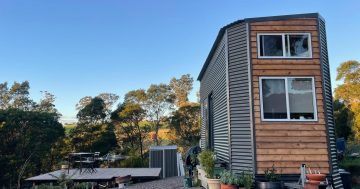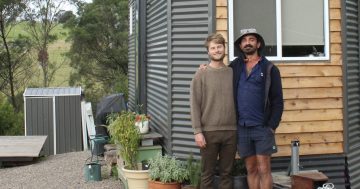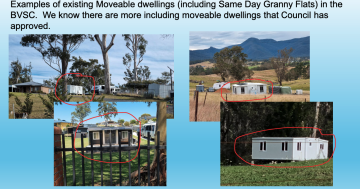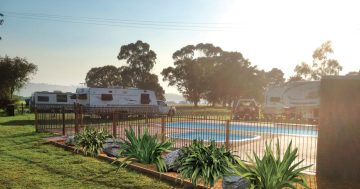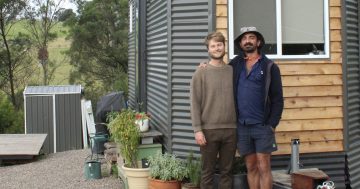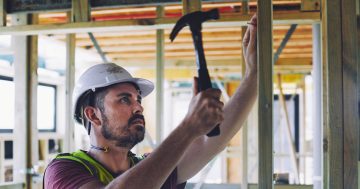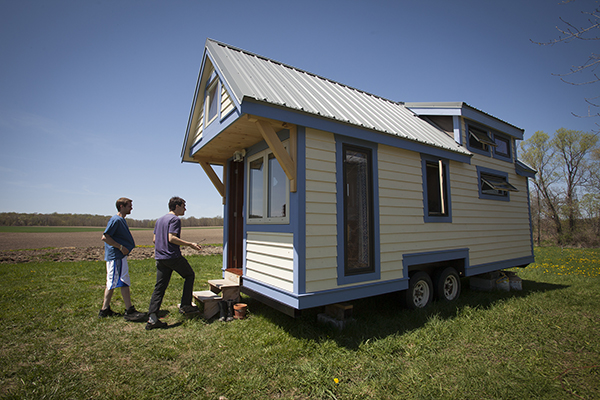
Tiny homes aren’t defined in the planning system. File photo.
It should not matter whether a dwelling was constructed on-site or not, but the way NSW’s planning system is written, it does.
Amid a worsening housing crisis, all levels of government are looking at alternative forms of housing, particularly ones that are affordable and quick to build.
Tiny homes, moveable dwellings and manufactured homes are being explored as potential solutions, but the NSW planning system currently considers them very different from a home built on a residential block. In many shires, including Eurobodalla, people cannot put them on residential-zoned land and use as a primary dwelling.
Eurobodalla Shire Council’s director planning and environment Gary Bruce said the NSW planning system saw two approval pathways.
The first is the traditional construction method of lodging a development application (DA) and construction certificate. The building complies with the Building Code of Australia (BCA) and is built on-site.
The other is buying a structure such as moveable dwellings or manufactured homes that are built off-site in a factory. They must have a compliance plate and comply with the local government regulations, namely Local Government (Manufactured Home Estates, Caravan Parks, Camping Grounds and Moveable Dwellings) Regulation 2021. It includes standards around safety, hygiene and ventilation.
“The NSW planning system and current legislation including the Local Environmental Plan (LEP) recognise dwelling houses that are defined as a building where people live, something that is constructed on-site and complies with the BCA whereas moveable dwellings that have been built off-site don’t meet that definition,” Mr Bruce said.
“Under our Local Environment Plan, Eurobodalla LEP 2012, what is permitted is a dwelling house. A moveable dwelling isn’t a dwelling house because it isn’t built on-site.”
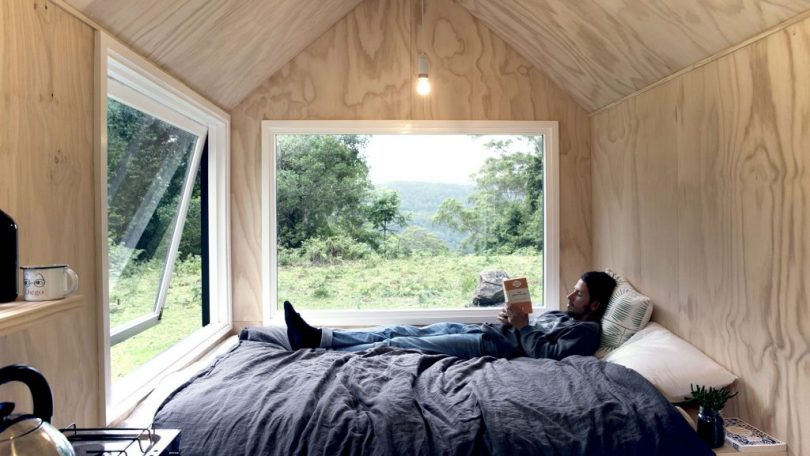
The NSW Premier has said modular homes are the future. Photo: Unyoked website.
Mr Bruce, who has worked in local government for nearly 30 years, said there is something “really wrong” with the system.
“Whether a dwelling is built on-site or off-site doesn’t matter, but the way the legislation has been written it determines what we can and cannot do,” he said.
Yet, confusingly, dual occupancies and secondary dwellings in accordance with the LEP are defined in a way that does not include ‘building’. Moveable dwellings could therefore be used for these purposes.
“We would not be able to approve a DA for a moveable dwelling on a residential block of land under the current LEP, but if there were more than one, potentially we could,” Mr Bruce said.
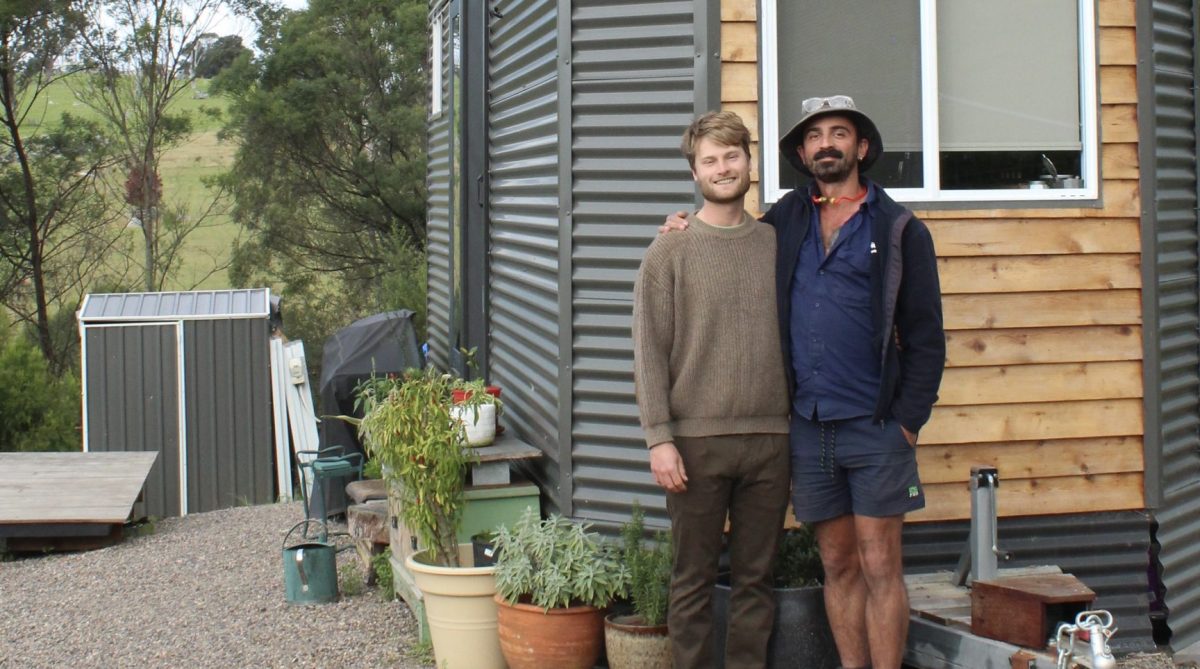
A couple living in a tiny home are appealing against an eviction notice. Photo: Supplied.
On 23 September Shellharbour City Council (SCC) approved a two-year pilot program to allow mobile tiny homes in backyards.
SCC must first prepare a planning proposal to change its LEP. The planning proposal must be approved by the NSW Government, including a gateway determination from the Department of Planning, Housing and Infrastructure. The process is expected to take up to six months.
Once approved, the planning proposal will go on public exhibition for community feedback. SCC will monitor the pilot, and potentially expand the program beyond the two years if successful.
Region asked if Eurobodalla Shire Council could dedicate space in its camping grounds for tiny homes. Mr Bruce said moveable dwellings needed to comply with local government regulations.
“There are probably lots of different options available to councils such as community title schemes,” Mr Bruce said. “Councils can certainly do their part, but a lot of it hinges on NSW legislation.”
Council’s website said it was exploring longer term solutions including council providing land for tiny homes in a pilot project funded by the Federal Government. Mr Bruce said that was an initiative from the previous term of council.
“Councillors are keen to look at options how we can make modular housing/manufactured homes allowable in our shire,” Mr Bruce said.
He said the situation was complicated and didn’t make sense. Another complication was that while people talked colloquially about tiny homes, they were not defined in the planning system.
“The Premier has said modular homes are the future and where we need to head, but the reforms of the legislation aren’t considered a priority so there are conflicting messages coming from the State Government.”
Anyone considering buying a moveable dwelling (tiny home) should ensure it has a compliance plate and complies with the local government regulations. Check with council’s development help desk in person, by email or by phone.
“Some modular housing options don’t necessarily comply with the local government regulations and that would make it very difficult for council to approve those structures,” Mr Bruce said. “People have to do their homework and ask questions.”







